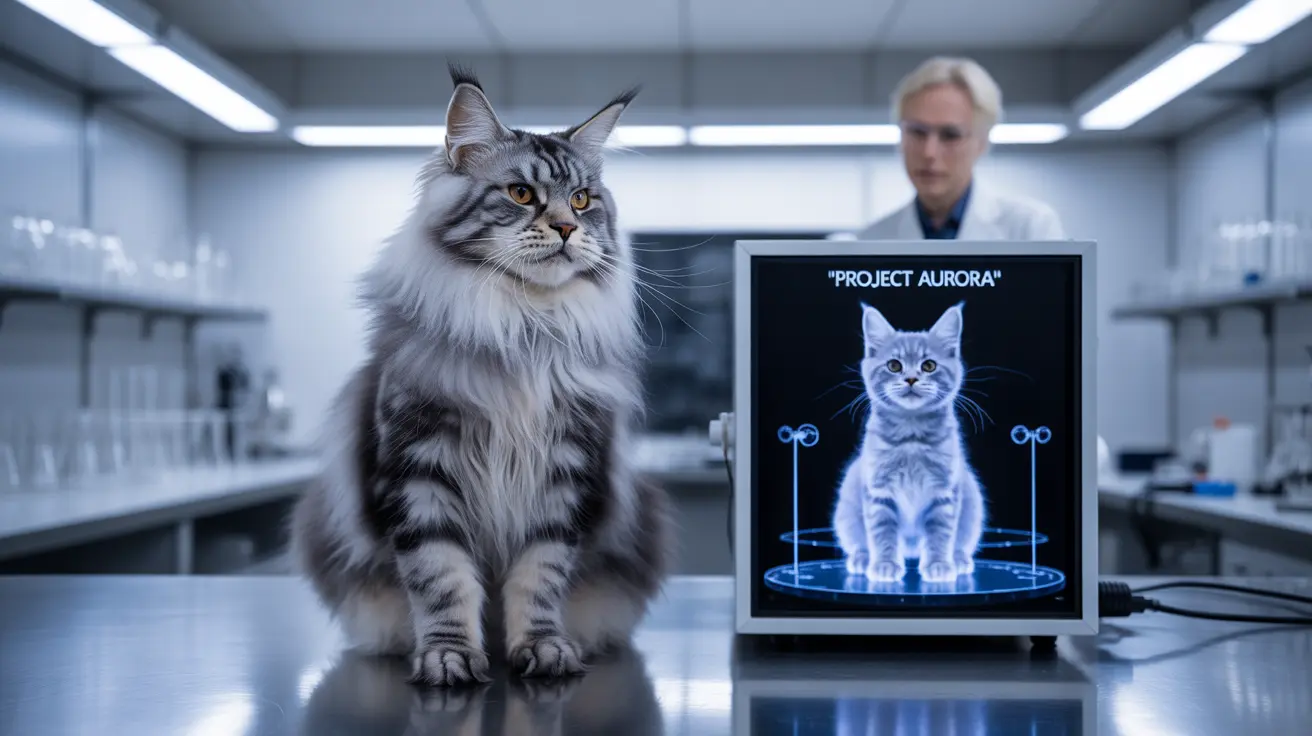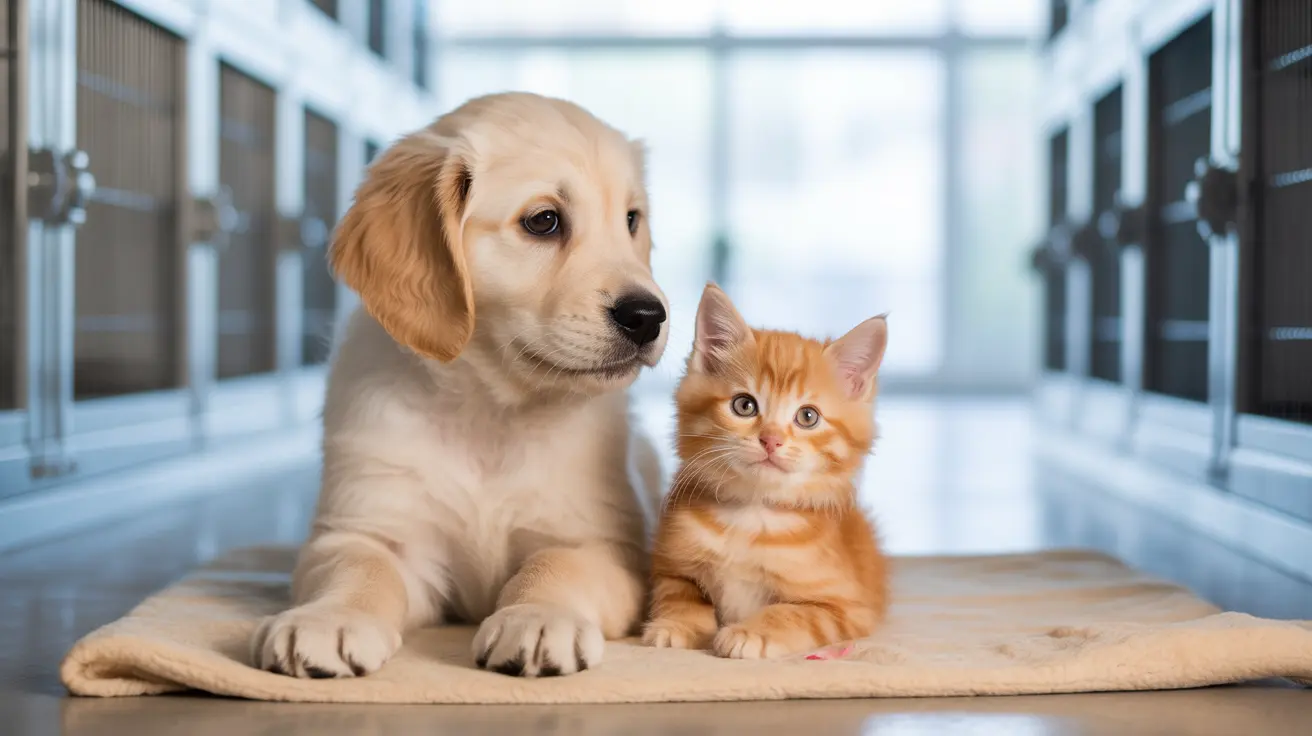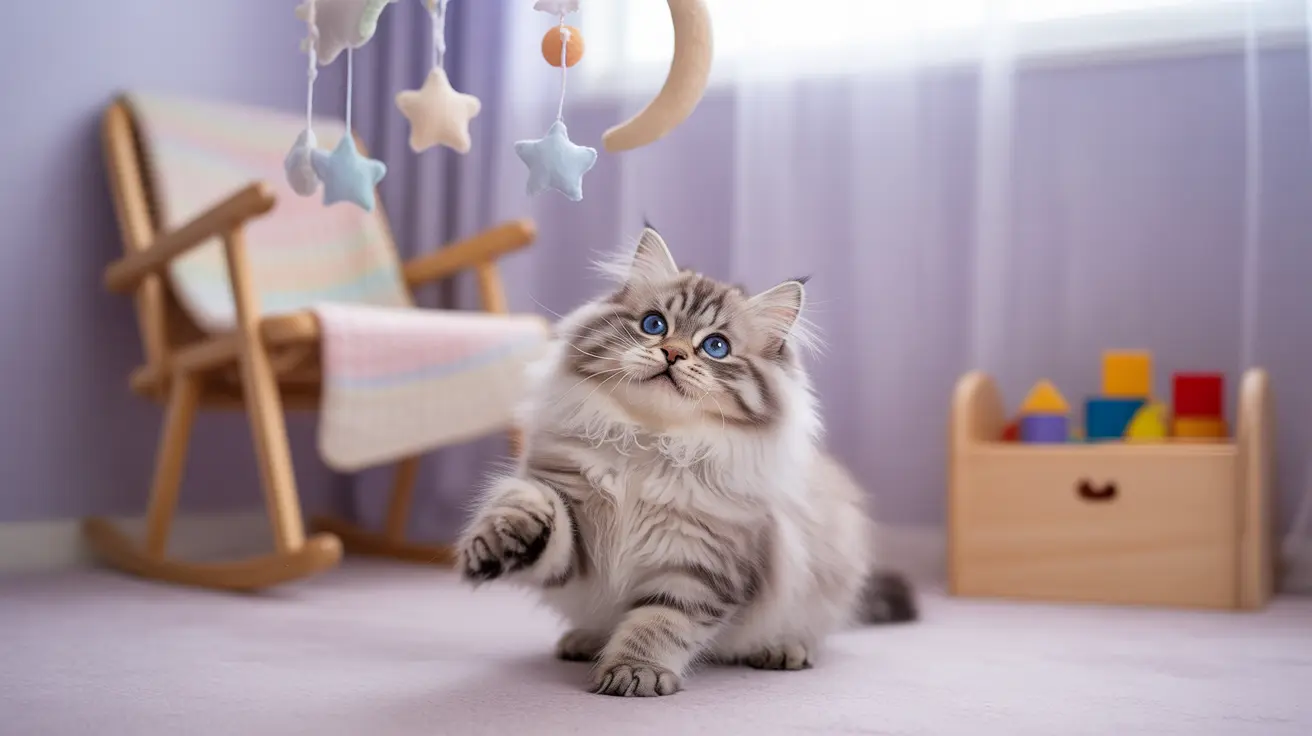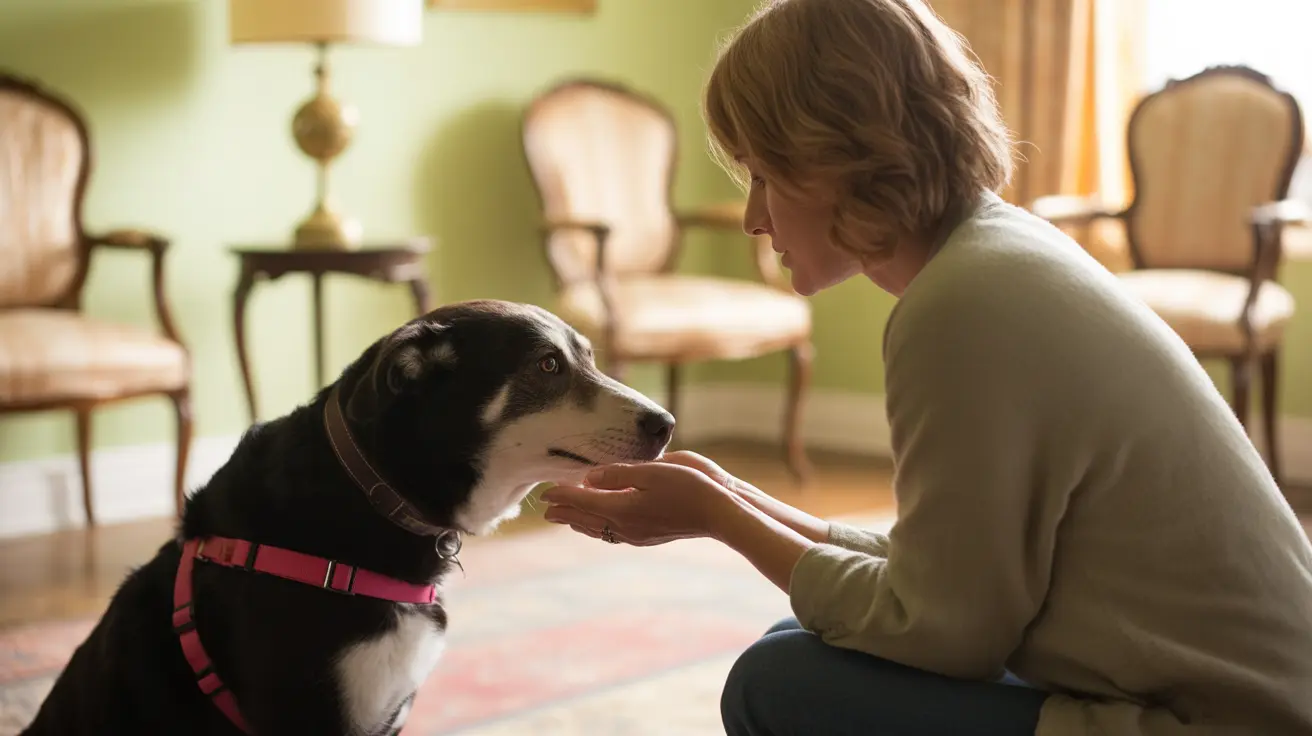Understanding the Science Behind Cat Cloning
The primary method used for cat cloning is somatic cell nuclear transfer (SCNT), the same technique that created Dolly the sheep. This complex process begins with collecting tissue samples from the donor cat, typically through a small skin biopsy. Scientists then culture these cells in a laboratory setting, where the genetic material can be preserved for future use.
The actual cloning procedure involves removing the nucleus from a donor egg and replacing it with genetic material from the preserved cells of the original cat. This reconstructed embryo is then implanted into a surrogate mother cat, who carries and delivers the cloned kitten.
The Real Cost of Cloning Your Cat
The financial investment required for cat cloning is substantial. Current prices in the United States hover around $50,000 for the complete cloning procedure. However, the initial step of genetic preservation is more accessible, costing approximately $1,600-$1,750, with additional annual storage fees.
Many pet owners opt to start with genetic preservation, giving themselves time to consider the significant investment of full cloning. Statistics show that only about 20% of clients who preserve their cat's DNA ultimately proceed with the cloning process.
Success Rates and Scientific Challenges
The efficiency rate of cat cloning remains relatively low. In early experiments, it took 87 embryo implantations to produce just one successful live birth. Current success rates have improved but still face significant challenges, with only a small percentage of attempts resulting in healthy, viable kittens.
Multiple factors affect success rates, including the quality of preserved genetic material, the health of surrogate mothers, and the complex biological processes involved in embryo development.
What to Expect: Clone vs. Original
Perhaps the most crucial aspect for potential clients to understand is that cloned cats are not exact duplicates of their original pets. While they share 99.9% of their DNA with the donor cat, factors like environment, development, and epigenetics play significant roles in determining appearance, personality, and behavior.
Even coat patterns can differ between the original cat and its clone, as demonstrated by the first cloned cat, CC (Copy Cat), who displayed different markings from her genetic donor.
Ethical Considerations and Animal Welfare
The ethics of cat cloning remain hotly debated within both scientific and animal welfare communities. Primary concerns include the welfare of surrogate mothers, who undergo multiple medical procedures, and the high number of failed attempts that occur before achieving success.
Additionally, with millions of cats in shelters awaiting adoption, some argue that the resources devoted to cloning could be better spent addressing the existing pet overpopulation crisis.
Frequently Asked Questions
How much does it cost to clone a cat and what does the cloning process involve?
Cat cloning costs approximately $50,000 in the United States. The process involves collecting tissue samples from your cat, preserving the genetic material, creating embryos through SCNT, and implanting them in surrogate mothers. Initial genetic preservation costs about $1,600-$1,750 with annual storage fees.
Are cloned cats exact copies of the original, and how do their personalities and appearances compare?
While cloned cats share 99.9% of their DNA with the original, they are not exact copies. Differences in coat patterns, personality, and behavior can occur due to environmental factors and developmental variations. Think of them more as identical twins born at different times rather than perfect duplicates.
What is the success rate of cat cloning and what challenges do surrogate cats face during the process?
Success rates remain relatively low, with only a small percentage of embryo transfers resulting in live births. Surrogate cats face multiple medical procedures and the potential for failed pregnancies, making the process challenging from an animal welfare perspective.
What ethical concerns are associated with cloning cats, especially regarding animal welfare and owner expectations?
Major ethical concerns include the welfare of surrogate mothers, the high number of failed attempts, and questions about resource allocation given the existing pet overpopulation crisis. There are also concerns about managing owner expectations, as clones won't be exact replicas of their beloved pets.
How long does it take to clone a cat after preserving its DNA, and can all preserved samples be cloned later?
Once genetic material is preserved and cloning is initiated, the process typically takes 5-7 months. Not all preserved samples result in successful clones, as the quality of genetic material and various biological factors affect success rates. There's usually a waiting list for the procedure.






